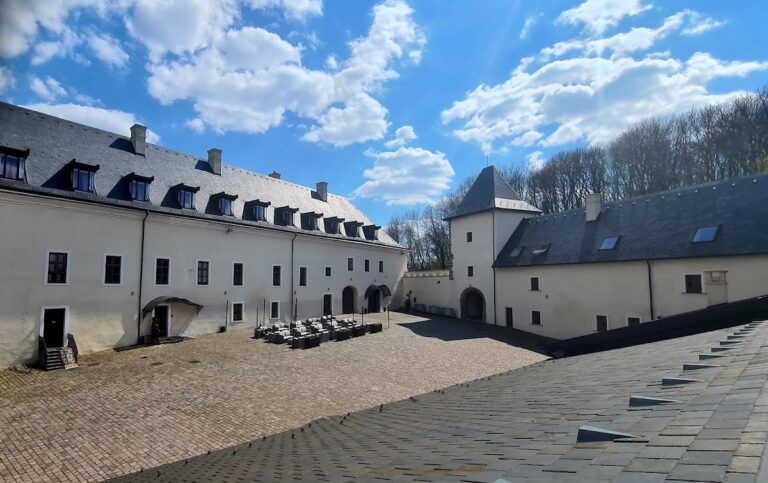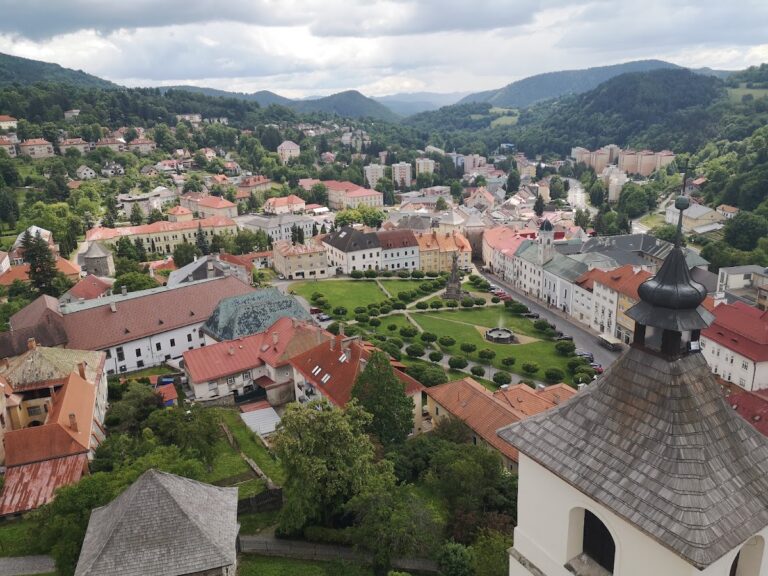Dobrá Niva Castle: A Medieval Fortress in Slovakia
Visitor Information
Google Rating: 4.5
Popularity: Low
Google Maps: View on Google Maps
Official Website: www.slovenskehrady.sk
Country: Slovakia
Civilization: Medieval European
Remains: Military
History
Dobrá Niva Castle is situated near the village of Podzámčok in present-day Slovakia. It was built by the medieval Kingdom of Hungary during the late 13th century, likely soon after the devastating Mongol invasion that prompted widespread fortress construction across the region.
The castle first appears in written records dating back to 1305 or 1306. Its original purpose was to serve as a defensive stronghold guarding an important trade route between the towns of Krupina and Zvolen. Throughout the Middle Ages, Dobrá Niva became the administrative center of the Dobroniv royal estate, maintaining this role until the 1500s. During the 15th century, the castle was under the control of royal queens, including Barbara of Cilli and later Elisabeth of Luxemburg, which reflects its significance within royal property holdings during that era.
Mid-15th century conflicts, particularly the Hungarian civil war over succession to the throne, inflicted damage on the castle. Despite this, the site retained strategic importance, especially as the threat from Ottoman advances grew by the late 1500s. Notably, in 1583, Dobrá Niva withstood a siege led by Ottoman forces, with relief arriving from the captain of nearby Zvolen. However, by the early 17th century, the fortress had deteriorated considerably. In response to its poor condition, estate administration was moved to a newly constructed building in 1609 at the base of the hill below the castle. Afterwards, only a small military garrison remained stationed inside the fortress.
Ownership changed hands in 1614, when the influential Esterházy family acquired the castle and its estates. They undertook restoration efforts, including repairs recorded in 1731, but over time the fortress lost its military role. By 1805, control passed to the state, which used the site for mining administration. This shift led to neglect, and the castle gradually fell into ruin as local residents removed stones for other building purposes. In 1996, a conservation effort attempted to stabilize the remains, though it was criticized for diminishing some of the historic character of the ruins.
Today, Dobrá Niva Castle stands as a preserved ruin under the care of the municipality of Podzámčok, offering a tangible link to the medieval past of the region.
Remains
Dobrá Niva Castle is a Gothic hilltop fortress located on a hill naturally shaped like a homestead, overlooking the old trade route between Krupina and Zvolen. The layout reflects a classic defensive design combining stone constructions on the summit with earthen fortifications encircling the hill in a ring. This outer defensive ring consists mainly of wide embankments and deep ditches, resembling the medieval motte-and-bailey style, where a raised earth mound (motte) is defended by a courtyard with protective earthworks (bailey).
At the heart of the castle was a two-story stone building known as the palas, which served as the main residential and administrative structure. Alongside the palas stood a tower, both surrounded by stone walls that formed the inner fortification. The castle was accessible through two main gates set into the fortifications, and it featured a bastion—a projecting part of the wall designed to enable defenders to fire along the face of adjacent walls, enhancing protection.
Although the earthen outer defenses did not have visible shooting openings or gunports, the presence of projections in the earthworks suggests there were flank bastions, which helped defend the castle from attacks on its sides. No gunports have been found, indicating the fortifications predate widespread use of firearms or were not heavily modified for them.
Today, only the core structure, primarily the torso of the stone palas at the highest point, survives intact. This ruin has recently undergone repairs that use minimal modern materials, ensuring that the fortress’s authentic medieval appearance remains dominant. The surroundings of the castle are maintained with trimmed grass and include benches, a fire pit, informational boards, and coniferous trees, creating a clear and respectful presentation of the site.
No detailed features such as inscriptions, decorative elements, or specific seating capacities survive in the ruins, but the combination of stone remnants and earthworks gives insight into the castle’s original design and defensive capabilities.







